What is Hair Botox?
If you’ve wondered, “What is Hair Botox?” let us help you understand how it works. Hair Botox is a deep conditioning treatment for your hair that coats damaged hair cuticles with a filler substance, such as keratin. This substance effectively fills in breakages or thinning spots on each hair strand. The treatment improves the hair’s appearance while nourishing it from the roots, making it look fuller. Typically, a filler ingredient is used in this treatment to restore hair thickness. This ingredient can be any of the following:
- Keratin
- Collagen
- Vitamins B5 and E
- Caviar oil
- BONT-L peptide
Hair Botox is a deep conditioning treatment that repairs damaged and broken hair strands, which can result from stress and heat exposure on our hair. Hair Botox should not be confused with keratin treatment. Keratin treatment is a chemical process that straightens hair and eliminates frizz, whereas Hair Botox is a non-chemical deep conditioning treatment that leaves hair softer and more hydrated. Many keratin treatments contain formaldehyde, a chemical used to keep hair strands straight and fixed, while Hair Botox delivers natural nourishing ingredients to your hair.
How Is Hair Botox Injection Performed?
In response to the question of how hair botox injection is performed, it should be noted that despite its name, hair botox is actually a deep conditioning treatment that coats hair strands with a filler substance, such as keratin. This treatment fills in breakages or thin areas on each hair strand to make the hair appear fuller and shinier. The ingredients of this product vary depending on the brand. This method is suitable for all hair types, especially effective on dry, damaged, frizzy, and curly hair. Hair botox can significantly reduce dryness, frizz, and split ends, making hair soft, smooth, and shiny. If you plan to get hair botox, be sure to visit an experienced and reputable hairdresser or specialist. Here are the general steps for performing hair botox in salons:
First, the hair is washed with a special shampoo to remove any dirt or oil.
Then the hair is towel-dried partially.
The hair botox product is applied evenly on all parts of the hair, from roots to ends.
The product is left on the hair for 20 to 90 minutes to be fully absorbed. During this time, mild heat from a hairdryer or steam device may be used to help the product penetrate.
After the required time, the product is thoroughly rinsed off with lukewarm water.
Finally, the hair is blow-dried and straightened with a flat iron for smoothness and shine.
Uses of Hair Botox
Unlike keratin treatments, which work better for thick, curly, and frizz-prone hair, hair botox is considered safe for all hair types and especially effective for common hair problems such as split ends, thinning, lack of volume, damaged, and dull hair. While keratin treatments actually straighten hair and reduce frizz, hair botox is more designed for those with healthier and thicker hair. Below are some key applications of hair botox:
Repairing damaged hair: Collagen, one of the ingredients in hair botox, is a protein; protein is essential for hair that is dry, broken, brittle, or damaged by chemical processes and heat styling. Having a balanced diet rich in protein is more effective, but protein can also be applied to hair strands through treatments and shampoos.
Increasing moisture: Hair needs moisture and hydration to stay healthy and prevent breakage, and deep conditioning treatments like hair botox are key to moisturizing hair strands and improving their elasticity.
Restoring softness and shine: If your hair looks dull, feels rough, and needs nourishing oils, this deep conditioning treatment can help restore softness and shine.
Smoothing hair strands: Thanks to oils that help seal the cuticle, hair botox can even turn the most damaged hair into smooth, fuller, and less frizzy hair.
Who Is Hair Botox Injection Suitable For?
Who is hair botox injection suitable for? Hair is vulnerable to damage for various reasons including daily activities and environmental factors. Heat styling tools like flat irons or curling irons also weaken hair proteins, leading to breakage and dullness. Hair botox treatment not only addresses common hair issues like damage, frizz, and lack of shine, but also provides nutrients to restore hair health from within. This treatment is not just about outer beauty; by penetrating essential nutrients into the hair strands, it improves strength, hydration, and manageability. Additionally, the lasting effect of hair botox makes it a practical choice for those seeking a long-term solution without compromising the quality or natural appearance of their hair. You can consider hair botox if your hair suffers from:
- Split ends
- Very thin, low-volume, and dull hair
- Damaged hair
- Frizzy hair
- Hair you want to smoothen
Overall, hair botox is considered safe for all hair types.
Duration of Hair Botox Effect
The effect of hair botox typically lasts between 3 to 6 months, after which it should be reapplied. However, this duration can be influenced by various factors, such as:
- Hair type: Thick and coarse hair tends to absorb botox more than fine and delicate hair, so the effect lasts longer on thick hair.
- Quality of products: Using high-quality and premium products by the stylist increases the durability of the botox.
- Post-treatment care: Washing hair with suitable and mild shampoo, avoiding heat styling tools like hairdryers and flat irons at high temperatures, and protecting hair from sunlight help maintain the botox effect.
- Environmental conditions: Factors such as humid or dry climate, swimming in pools, and exposure to chlorine or salty water can reduce the longevity of hair botox.
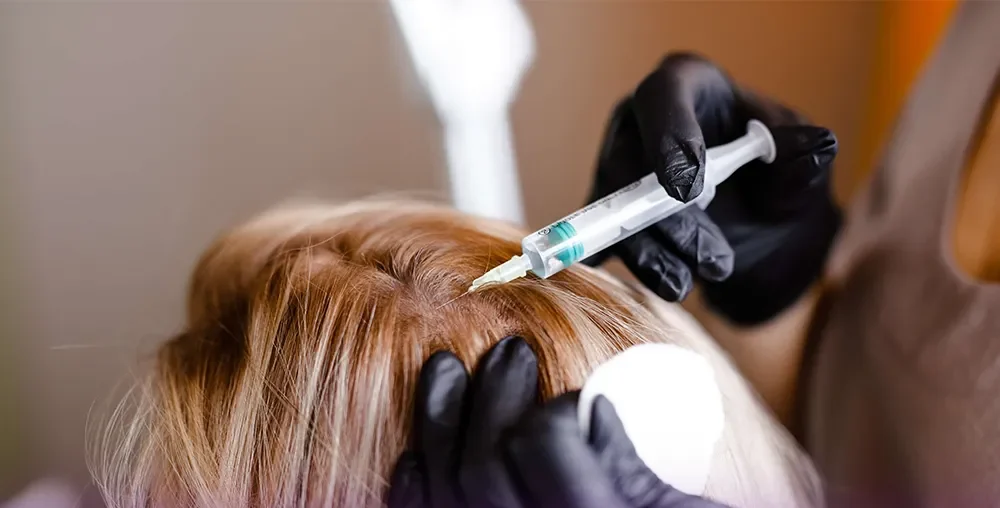
Post-Hair Botox Care
To maximize the longevity and effectiveness of hair botox, performing some simple post-treatment care is essential. The most important post-hair botox care includes:
- Delay washing your hair for 48 hours after the treatment. This allows the botox ingredients to fully absorb into the hair.
- Use shampoo specially formulated for botox-treated hair. These shampoos are sulfate-free and free of harsh chemicals that can damage the botox treatment.
- Wash your hair with lukewarm water. Hot water can open the hair cuticles and cause the botox materials to wash out.
- Reduce the frequency of hair washing. The less often you wash your hair, the longer the botox effect will last.
- Avoid using heat styling tools like hair dryers and flat irons at high temperatures. High heat can damage the botox and reduce its durability.
- If you must use a hair dryer or flat iron, use a low temperature setting and apply heat protectant products.
- Let your hair dry naturally.
- Regularly use hair masks and moisturizing products to help maintain your hair’s hydration.
- Wear a hat to protect your hair from sunlight. Sun exposure can damage the botox and cause hair color changes.
- Avoid swimming in pools and exposure to salty water. Chlorine and salt in these waters can harm the botox treatment.
Side Effects of Hair Botox
Compared to other hair treatments like perming or coloring, hair botox generally has fewer side effects. However, some side effects may occur in certain individuals, mostly depending on the quality of products used and the skill of the stylist. The main possible side effects of hair botox are:
- Dryness and scalp itching: This occurs due to chemical ingredients in some hair botox products and is usually mild and temporary.
- Allergic reactions: If you are allergic to any component of the hair botox, you may experience redness, swelling, itching, and skin rash.
- Hair damage: If hair botox is performed by an unlicensed person or using low-quality materials, it may damage the hair, causing dryness, brittleness, and split ends.
Does Hair Botox Cause Hair Loss?
Does hair botox cause hair loss? Normally, if hair botox is done by a professional using quality materials, it does not cause hair loss. In fact, this treatment can help strengthen and revive damaged hair and prevent hair loss caused by dryness, frizz, and split ends. However, in some cases, hair loss after hair botox may occur due to several reasons:
- Improper materials and method: Using low-quality products containing harmful chemicals can damage hair shafts and lead to hair loss. Performing botox by an unlicensed and inexperienced person who lacks expertise may damage hair follicles, causing hair loss.
- Incorrect post-treatment care: Washing hair immediately after botox, using inappropriate shampoos, excessive blow-drying and flat ironing, and neglecting hair care products can cause dryness and brittleness, ultimately leading to hair loss.
- Underlying factors: If your hair loss is due to genetic, hormonal issues, nutritional deficiencies, or stress, hair botox might worsen the hair loss.
Does Hair Botox Hurt?
Does hair botox hurt? No, hair botox does not cause any pain because it does not involve injecting any substance into the scalp or hair. Contrary to some people’s misconception, who confuse hair botox with botulinum toxin (botox) injections used for skin rejuvenation, hair botox is actually a restorative treatment for damaged and frizzy hair using nutrient-rich products containing:
- Keratin
- Vitamins
- Antioxidants
- Oils
These ingredients hydrate and strengthen the hair. In fact, hair botox is a relaxing treatment that can help you achieve healthy, shiny, and manageable hair. The only side effect you might experience is mild scalp dryness or itching, which is usually temporary and short-lived. Therefore, if you are looking for a way to revive your damaged and frizzy hair, hair botox can be a suitable option without worries about pain or serious side effects.


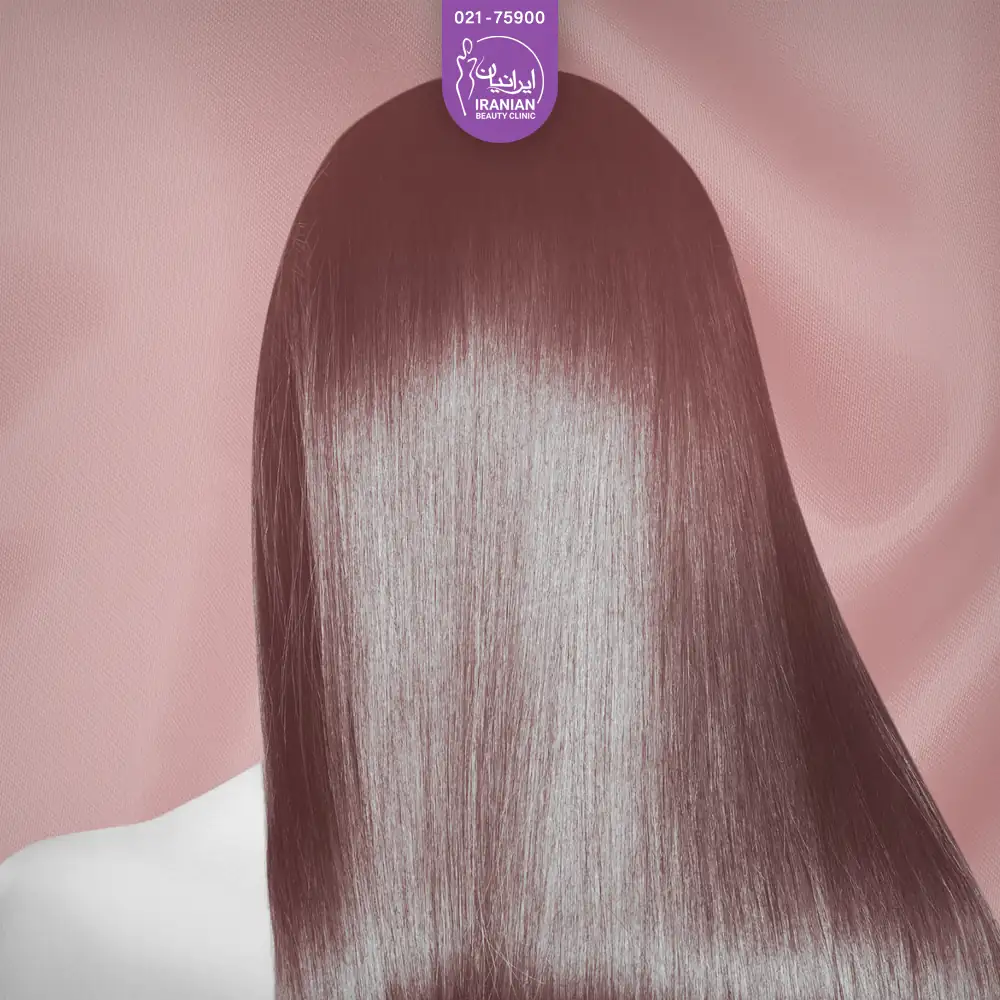






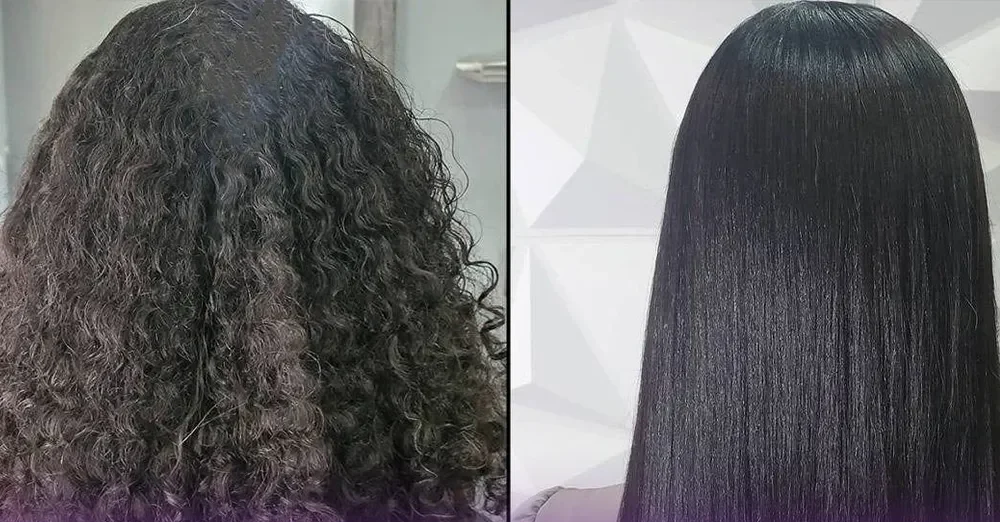
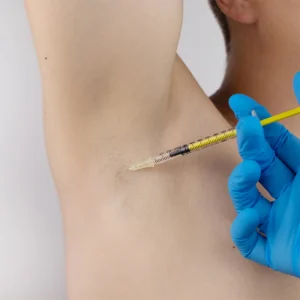
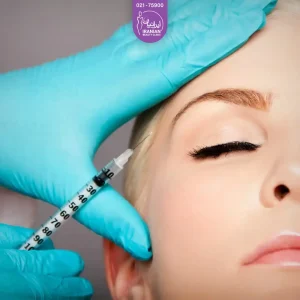
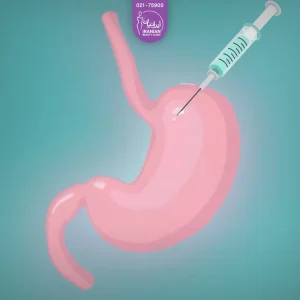
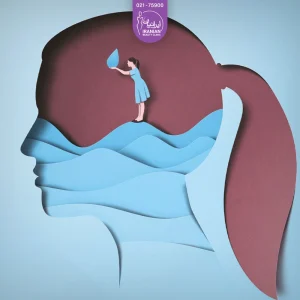
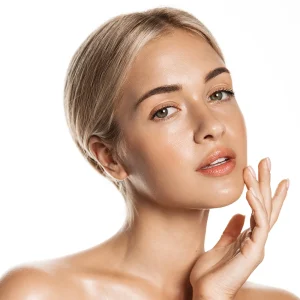
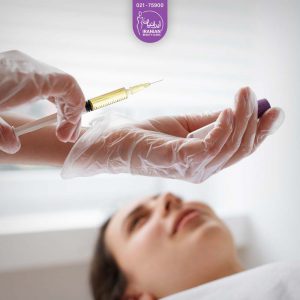
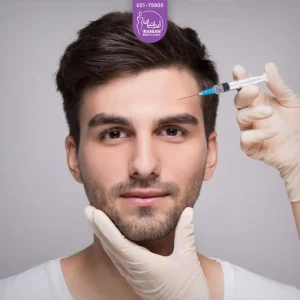
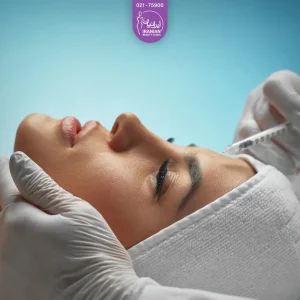
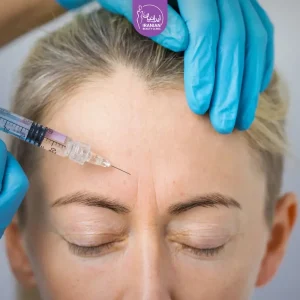
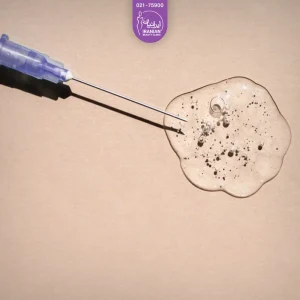
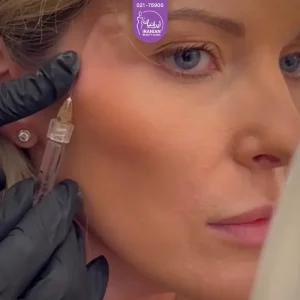
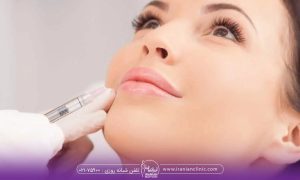
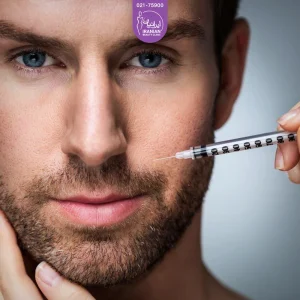
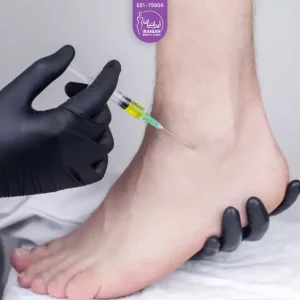
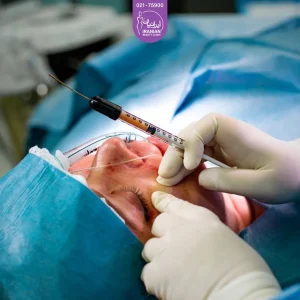
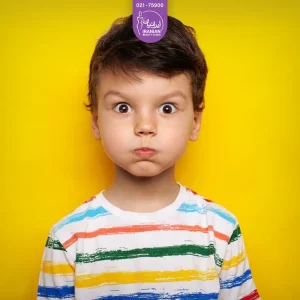

 Quanta Creative Agency
Quanta Creative Agency 